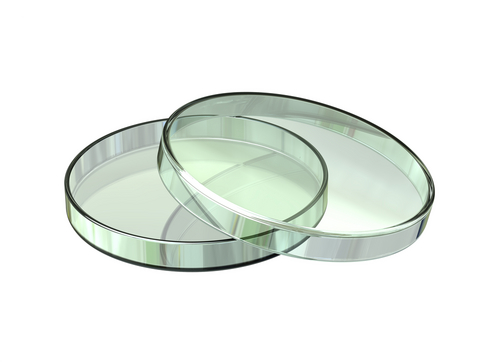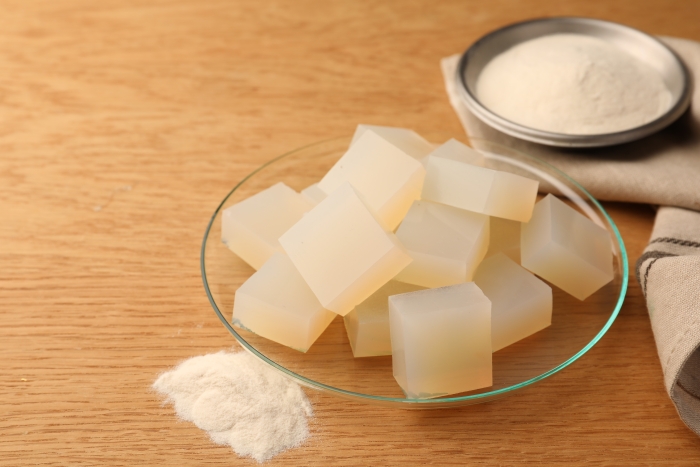.jpg)
Why can we smell someone's stinky PE socks from all the way across the classroom? Yuck!
Normally, it's because sweat and other molecules are moving away from the socks and spread out in the air. This is called diffusion.
Diffusion is the spreading out of the particles of any substance in solution, or particles of a gas, resulting in movement from an area of higher concentration which is where there's more particles (the socks) to an area of lower concentration, where there's fewer particles (the air surrounding it).

Living organisms need different substances to be able to survive and function. These substances need to be transported into and out of their cells through diffusion. During diffusion, molecules move from an area of high concentration to an area of low concentration. They are said to move down a concentration gradient. Particles diffuse until they are evenly spaced apart. Diffusion is a passive process, which means that no energy is needed and it happens naturally.

Diffusion in organisms
The cell membrane has an important job to do. It is selective. This means it won't just let any random particle through - it can monitor which particle is allowed through it and also how many particles. Pretty clever, right?!
In unicellular organisms such as the amoeba (organisms made up of only one cell), diffusion is how the organism gets its food and oxygen, and how it gets rid of waste products. As it's only made up of one cell, the particles of food or water, for example, don't have far to travel, so diffusion is the simplest way to enter the cell. They don't need complex transport systems.
In multicellular organisms, surfaces and organ systems are specialised for exchanging materials. This is to allow sufficient molecules to be transported into and out of cells for the organism’s needs. Diffusion is the main way that substances move over short distances in organisms.
Breathing involves exchanging gases in the lungs - this requires diffusion. When you breathe in, oxygen in the inhaled air diffuses through the tiny alveoli (air sacs) in your lungs into your bloodstream and is transported around your body. Carbon dioxide is the waste gas produced by respiration. Carbon dioxide diffuses from cells into the bloodstream and is exhaled by the lungs.
The alveoli have a few adaptations that make gas exchange very efficient. For example, they're only one cell thick, making them very thin! This allows gases to pass through easily and quickly!

Another example of diffusion is in the small intestine. Digested food is broken down into small molecules such as glucose and it's transported around the body in the blood. The small intestine is lined with many finger-like projections called villi. The glucose molecules diffuse through the villi of the small intestine into the blood to be transported around the body. The villi are adapted by being very thin and having finger-like projections that increase the surface area.
.jpg)
Diffusion also occurs in plants. Plants take in carbon dioxide for photosynthesis and produce oxygen. These enter and leave the plant through diffusion. The leaf is adapted for gas exchange. There are tiny pores, called stomata, in the surface of the leaf which allow carbon dioxide to enter the leaf for photosynthesis. Molecules of carbon dioxide diffuse from a region of higher concentration (the atmosphere) to a lower concentrated area (leaf). The stomata also allow oxygen to diffuse out.
So how can we be sure that diffusion is actually happening? We can investigate it of course!
.jpg)
One way to demonstrate how diffusion happens is using something called agar. Agar is a little like jelly and is full of nutrients, which is why it's often used in the science lab to grow things such as bacteria in petri dishes.


We can use different sized cubes of agar dyed pink to represent organisms - small, medium and large.



Placing each cube in a petri dish and adding hydrochloric acid to it will remove the pink colour from the cube. The hydrochloric acid is able to diffuse into the agar cube and react with the dye, turning it white. If no acid diffuses into the cube then it will remain pink.
We can time how long it takes for the cube to turn from pink to white. This tells us how quickly diffusion has happened! Pretty smart right?
What do we think will happen in this investigation? What prediction can we make?
The smaller the cube the faster the acid will diffuse into it, turning it white quicker.
Why?
The size of a cell and its surface area affects how quickly substances can get in and out.
The smaller cube has a larger surface area to volume ratio. This means it has a bigger surface to allow substances in even though its volume is small. This means the space inside the cube will turn white quicker because the acid can enter the cube quickly.
The larger cube however, has a smaller surface area to volume ratio. This means that the amount of surface it has compared to its volume is actually smaller (which sounds odd because it's a bigger cube!) Remember we're talking about a ratio, so a comparison between the area of the surface of the cube and the amount of space inside the cube. The large cube will take longer to turn white because the acid has to interact with all the agar inside the cube (it has a larger volume than the small cube).
So let's investigate to see if our predictions are correct!

In this activity, we will investigate the process of diffusion.








